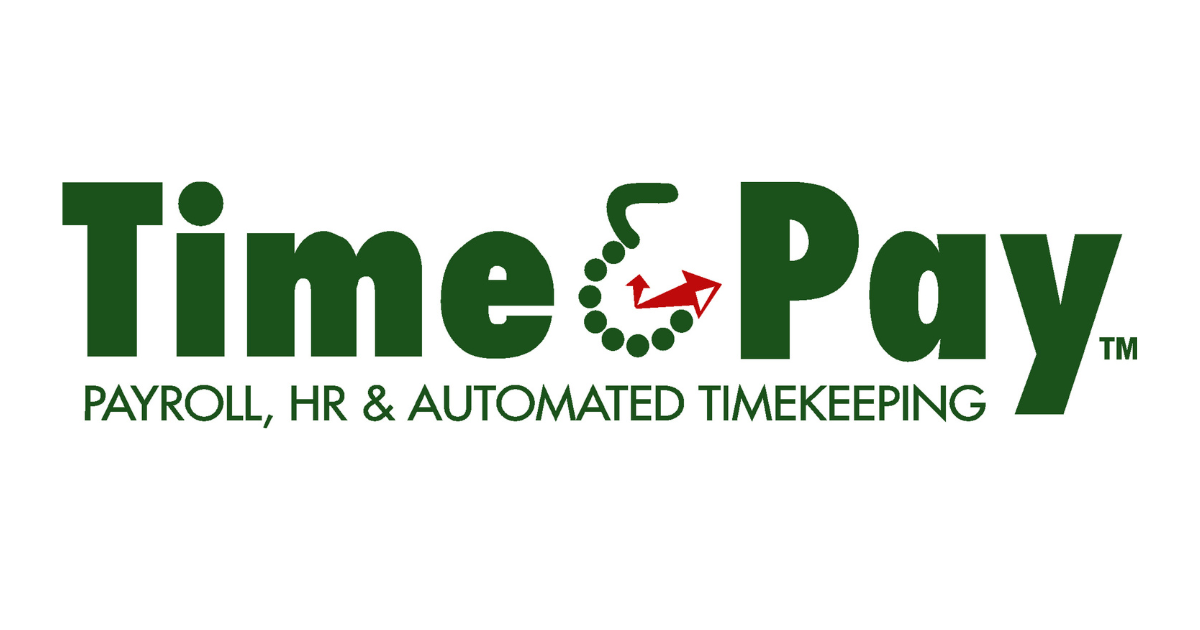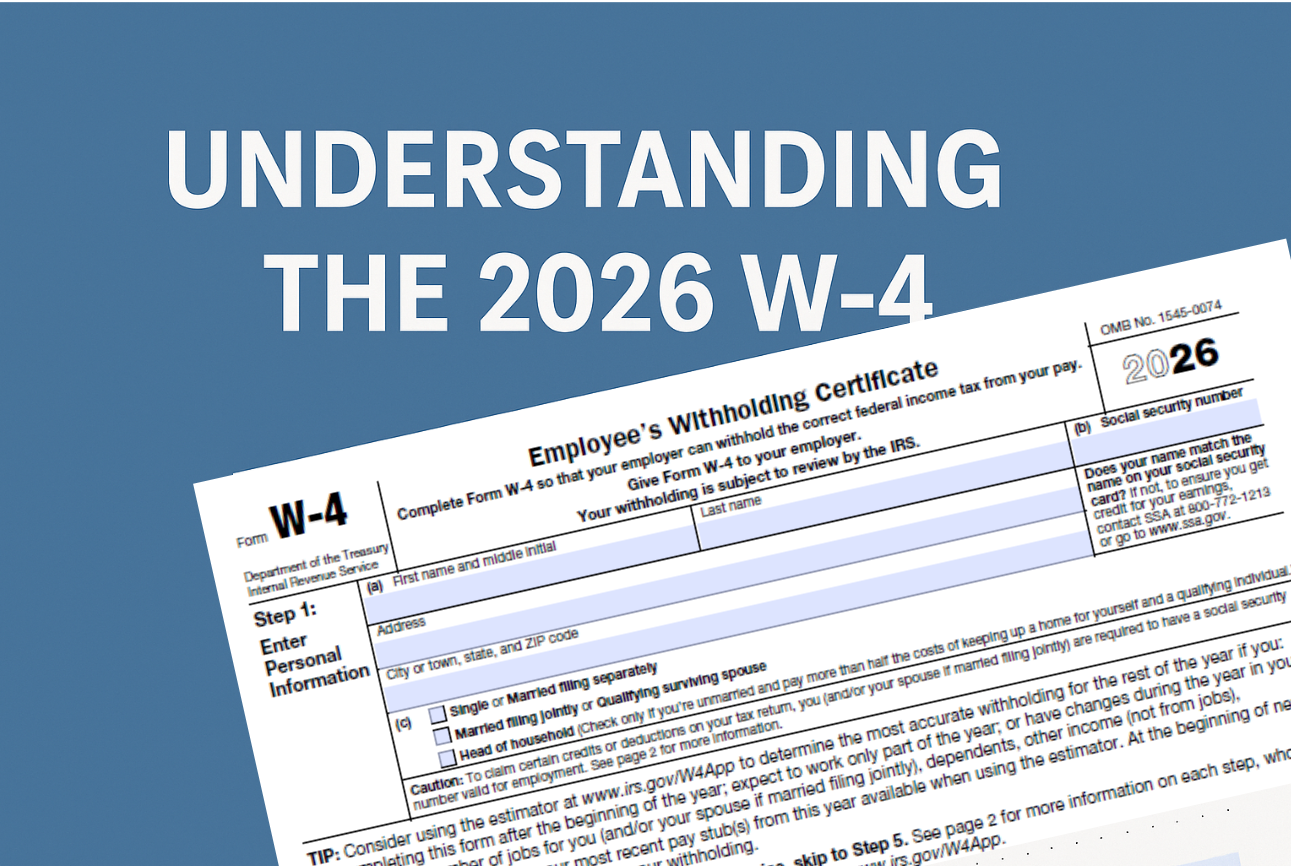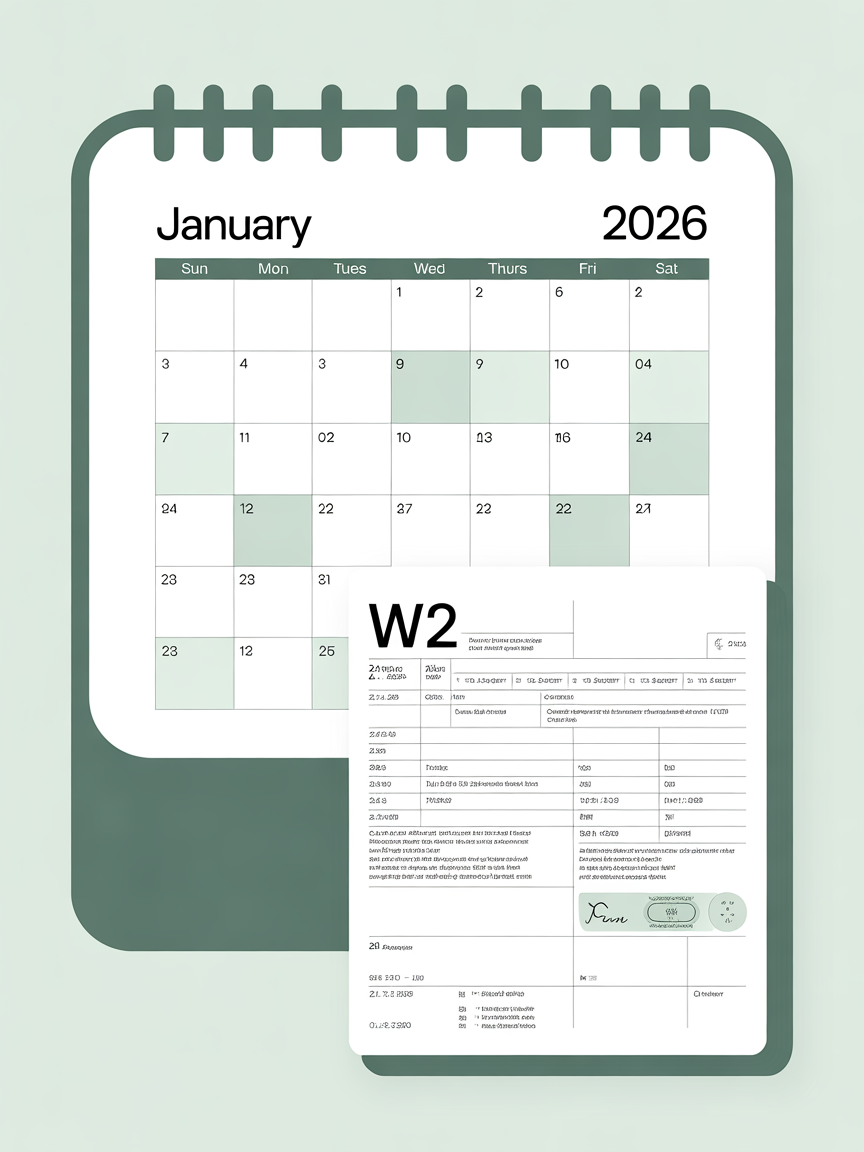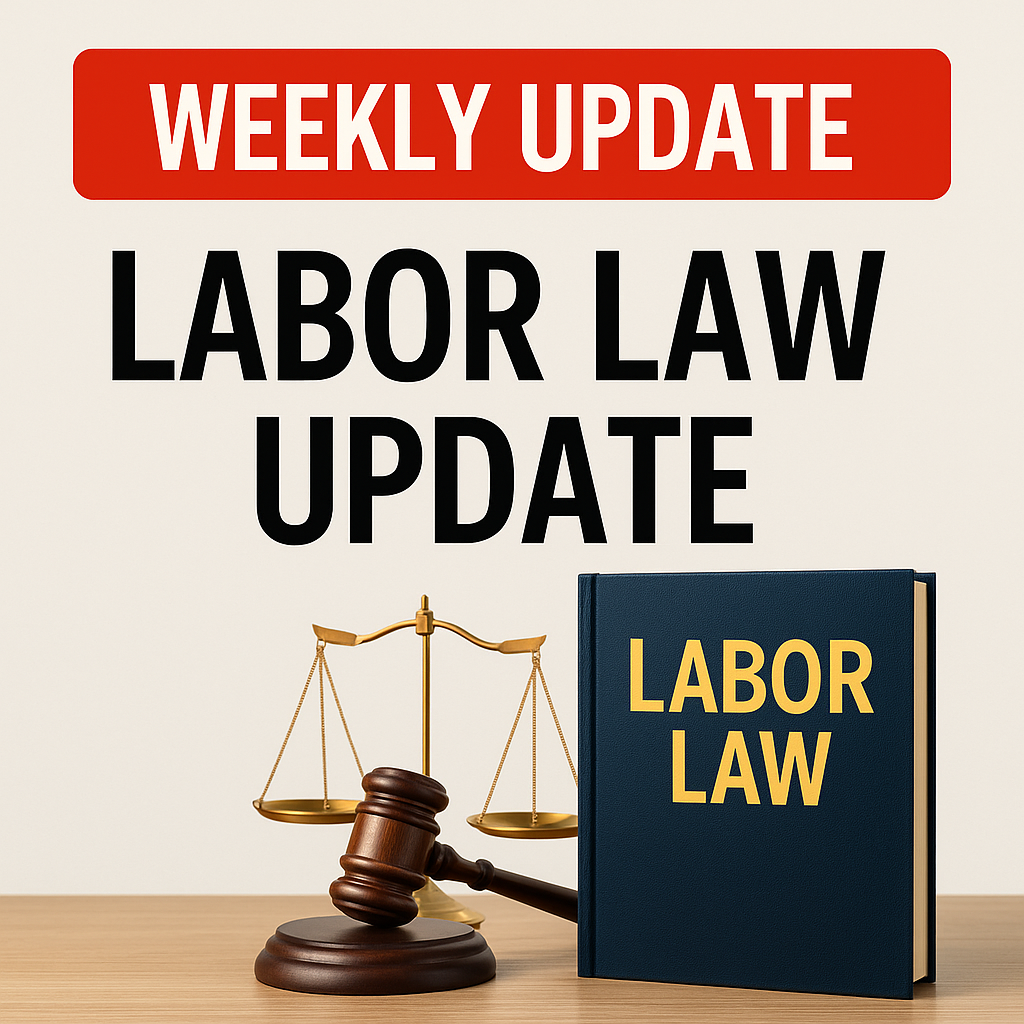Choosing the Right Payroll and HR Services for Your Small Business: A Guide to Success
Table of Contents
- Introduction: The Importance of Choosing the Right Payroll and HR Solutions
- Assess Your Needs: The First Step in Choosing the Right Services
- Key Considerations When Choosing Payroll and HR Services
- Tips for Finding the Right Solution
- Conclusion: Make an Informed Decision
Introduction: The Importance of Choosing the Right Payroll and HR Solutions
Running a small business is no small feat. Among numerous responsibilities, managing payroll and human resources efficiently is crucial. Choosing the right payroll and HR services can make a significant difference in the smooth running of your business. Proper payroll and HR solutions save time, reduce errors, and ensure compliance with regulations—essential for maintaining employee satisfaction and avoiding legal pitfalls.
Assess Your Needs: The First Step in Choosing the Right Services
Payroll & Tax Services: Discover What Fits Your Business
The backbone of any efficient HR system is its payroll and tax service. Ask yourself, "Do I need basic payroll and tax services, or do I need some other tools that are going to help me manage my business and my employees?"
- Basic Payroll and Tax Services: These typically include calculating paychecks and withholdings, ensuring tax compliance, and handling payments.
- Advanced Features: Depending on your business needs, you might require direct deposit options, wage garnishments, and tailored payroll reports.
Payment Methods:
- Direct Deposit vs. Checks: Consider how you'll pay your employees. Direct deposits are time-saving and secure, but also consider if checks might be necessary for some employees.
Employee Management Tools: Enhancing Efficiency
Timekeeping Integration:
A timekeeping system that integrates with payroll can streamline operations, reduce errors, and help manage labor costs. "Do I need a timekeeping system that'll integrate with payroll and help me manage my labor costs?"
Cloud-Based Solutions:
Modern HR tools offer various cloud-based solutions, which provide flexibility and improved data security. Consider these functionalities:
- HR Information Systems
- Applicant Tracking
- Onboarding Processes
- 401K Management
- Workers Comp Reporting
- Benefits Enrollment
- ACA Compliance
Key Considerations When Choosing Payroll and HR Services
- Scalability:
Future-Proof Your Solution
Make sure the service can grow with your business. Will it accommodate increased payroll and HR demands as your team expands? - Integration:
Ensure Seamless Connectivity
Understand the importance of integrating the new service with your existing software systems. "Can it integrate with other existing software?" - Support:
Reliable Customer Support
The level of customer support is vital. Ensure the service offers adequate support, from onboarding to everyday troubleshooting. - Cost:
Value for Money
Evaluate the cost against the features offered. Opt for a balanced approach that doesn’t compromise on essential functionalities.
Tips for Finding the Right Solution
Research and Reviews:
- "Ask yourself what services will I need."
- Investigate reputable software companies and compare their offerings.
- Read customer reviews and testimonials to understand real-world performance.
Demos and Consultations:
- Contact Potential Providers: Request demos or consultations. Direct interaction can reveal insights you might miss from online research alone.
Conclusion: Make an Informed Decision
Choosing the right payroll and HR services is a cornerstone of your small business's success. An informed choice ensures streamlined operations, compliance with regulations, and enhanced employee satisfaction. Take the time to explore, research, and select a solution that meets your unique needs. Your business's future efficiency and growth depend on it.
By following these guidelines, you'll be well-equipped to find a payroll and HR solution that not only meets your current needs but also supports your business as it grows. Start today by evaluating your needs and exploring your options to make a well-informed decision!
Feel free to leave a comment or reach out if you have any questions—your journey to efficient payroll and HR management starts here!




